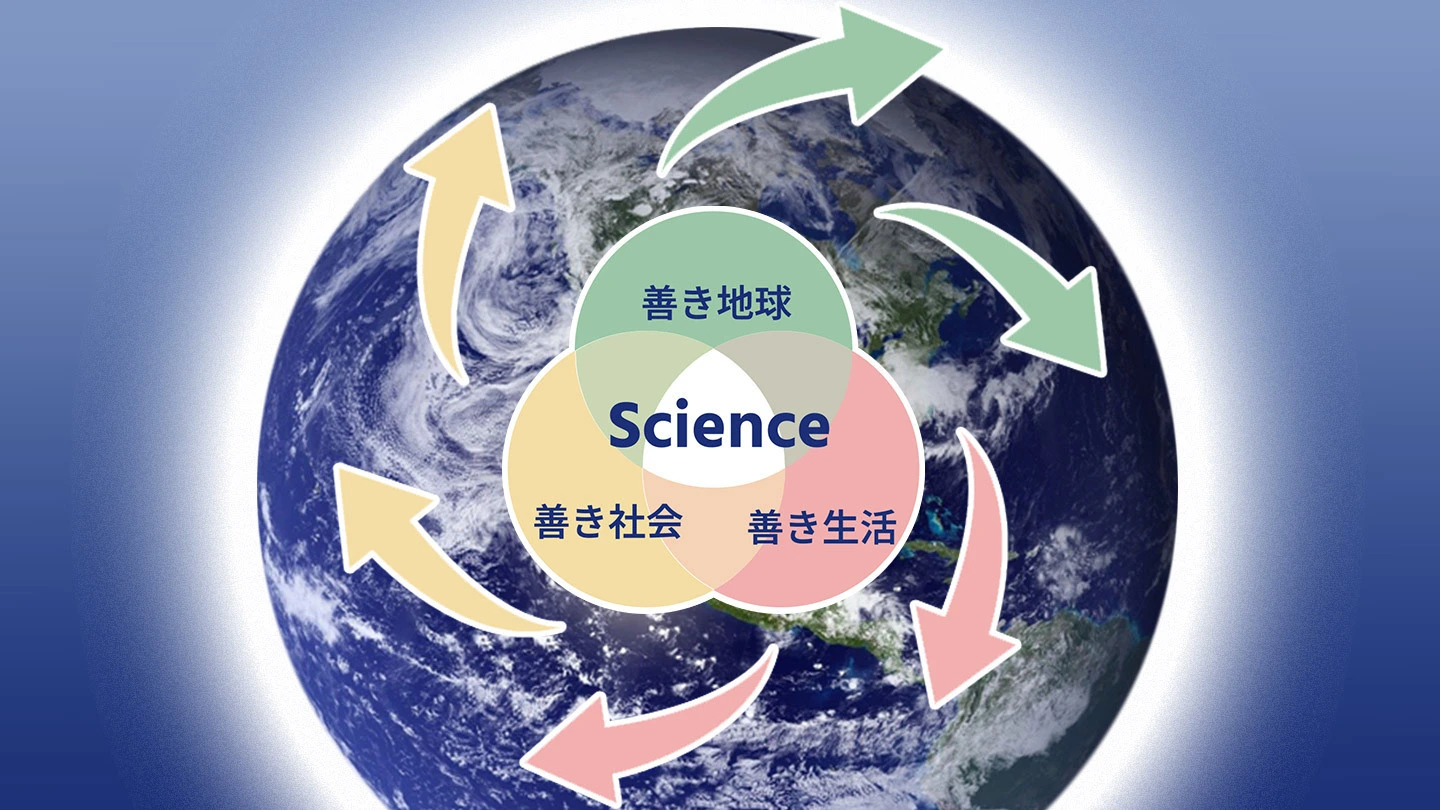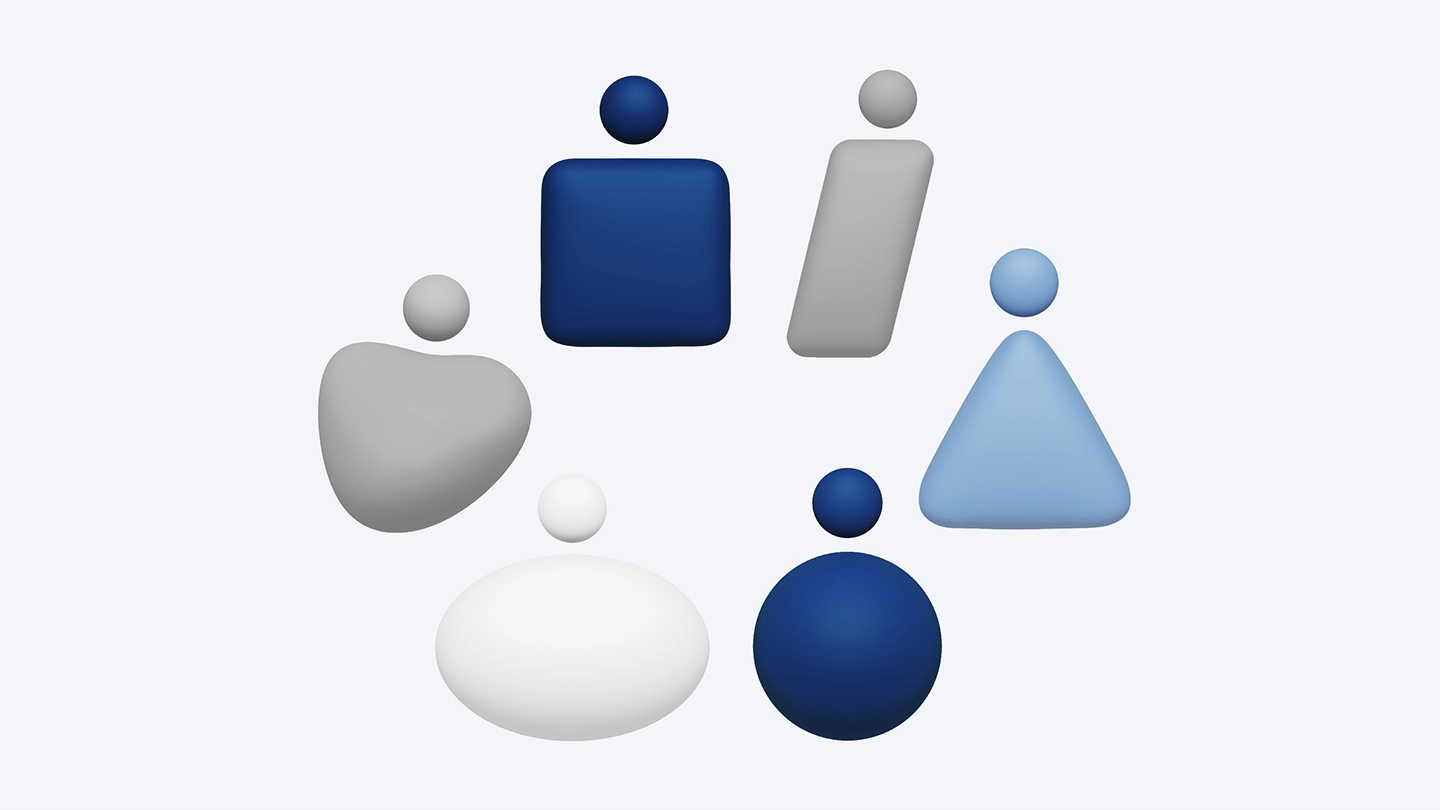Creating a better society by connecting cyberspace and the physical world
Building a society where people of all ages and locations can live safely and vibrantly
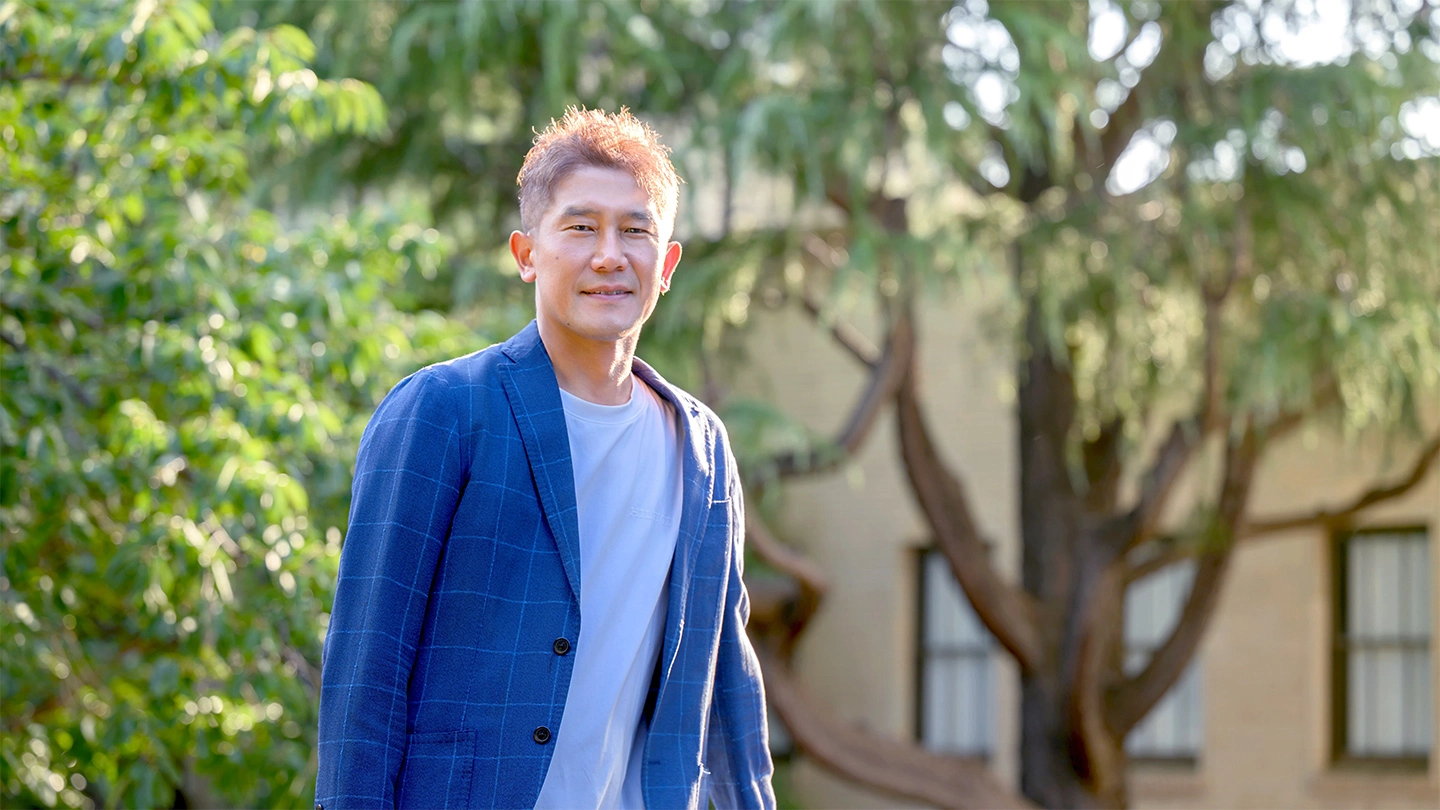
Institute of Science Tokyo (Science Tokyo) launched the Visionary Initiatives (VIs) — a cross-disciplinary, integrated research framework — in the 2025 academic year to co-create new value with society while advancing science and human wellbeing. Currently, six VIs are tackling the challenge of shaping the future, with each developing distinct shared visions for societal transformation based on three pillars: “Better Life,” “Better Society,” and “Better Planet.”
In this article, Professor Kei Sakaguchi of the School of Engineering, a Program Director (PD) of the VI Innovative-Life Society—Cyber-physical spaces opening up new areas of life, discusses how connecting cyberspace and the physical world through science and technology can create a brighter society and outlines a roadmap to achieve it.
The future with 5G technology ― and beyond
What does it mean for your research results to be delivered to society?
Sakaguchi
Whether research has an impact on society depends on the field and the stage of the research. The value of basic research is not always immediately apparent to the public. However, researchers in fields like telecommunications, which is my field, are always thinking of the applications of research and can often see results translate directly into practical use. I have so far designed communication infrastructure that connects cyberspace (the internet and telecommunications networks), and I am confident that some of my work has already reached society through infrastructure such as 5G.
But this is only the beginning. People may feel they already enjoy the full benefits of 5G, because it enables near real time live streaming on smartphones. In reality, however, we have yet to fully develop “outlets” of 5G. For example, the primary interface for 5G remains the smartphone. Although telecommunications performance has advanced, apps and services that truly leverage 5G and address societal needs have not yet been widely created.
The situation mirrors that of 3G in the past. On October 1, 2001, Japanese carrier NTT Docomo launched commercial 3G services, but widespread adoption followed only after the arrival of the iPhone (announced by Steve Jobs on January 9, 2007), the rise of YouTube (whose beta version was released in the U.S. in 2005), and the release of LINE in June 2011.
Similarly, 5G will see widespread use only when platforms that link cyberspace and the physical world are fully established and spur new demand. To that end, I am currently thinking about how to harness 5G’s technological potential in society to come up with ways of translating these advances into practical applications.
I am not conducting research specifically on 6G. I expect new technologies to emerge naturally once 5G’s capabilities are fully exploited. Superficial discussions about 6G and 7G will not change society.

Cutting-edge foundational technologies unlock future possibilities
Could you explain the relationship between your research and the VI?
Sakaguchi In our VI, we aim to build a platform that connects cyberspace and the physical world and to create a framework for generating a wide range of apps from that platform. My role is to lead the overall design of high-level systems -- deciding how to integrate components such as semiconductors, sensors, computers, robots, and AI models -- and ensuring the platform is practical and useful in real-world situations.
For example, telecommunications are a foundational technology that often remains invisible to society. When someone uses an app on a smartphone, a multi layered infrastructure operates in the background, including communication standards, antenna design, and app distribution frameworks. I aim to apply this “invisible infrastructure” across various sectors to create new services and meet diverse everyday needs in industry, healthcare, welfare, disaster prevention, and transportation, to name just a few.
In the VI I lead as Program Director, these ideas are embodied in four future images: future of co creation with AI and robots: industry, healthcare, and welfare; Stable food supply and healthy, abundant food culture creation; Building healthy, safe, and comfortable future cities; and Future of society supported by next-generation healthcare.
Innovative-Life Society: Cyber-physical spaces opening up new areas of life
Innovative-Life Society aims to build a society where people of all ages and locations can live safely and vibrantly.
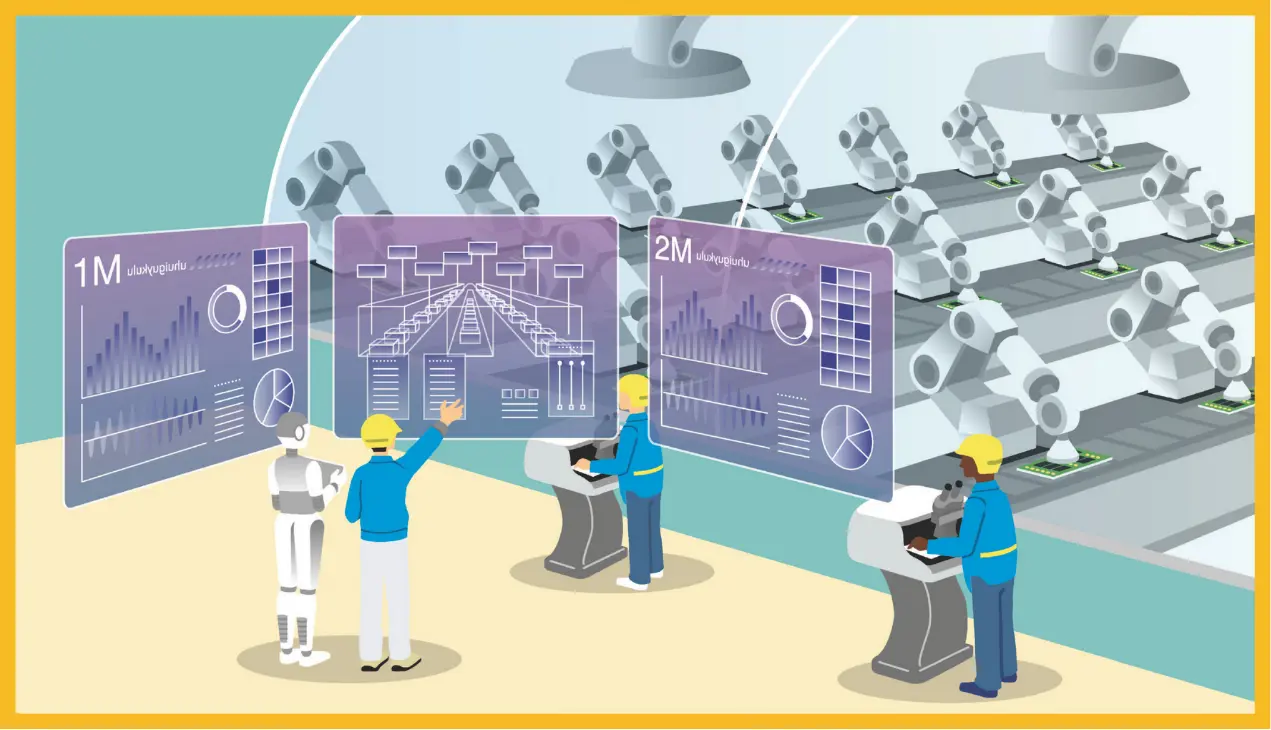
・Supplementing the workforce and enhancing productivity through digital technologies and robotics
・New industries that transcend location and language barriers using AI and robotics
・AI medicine and caregiving robots for staff shortage relief and universal access to care
・New education with AI teachers for the creation of a future society
・Cybersecurity as the foundation for co-creation with AI and robotics
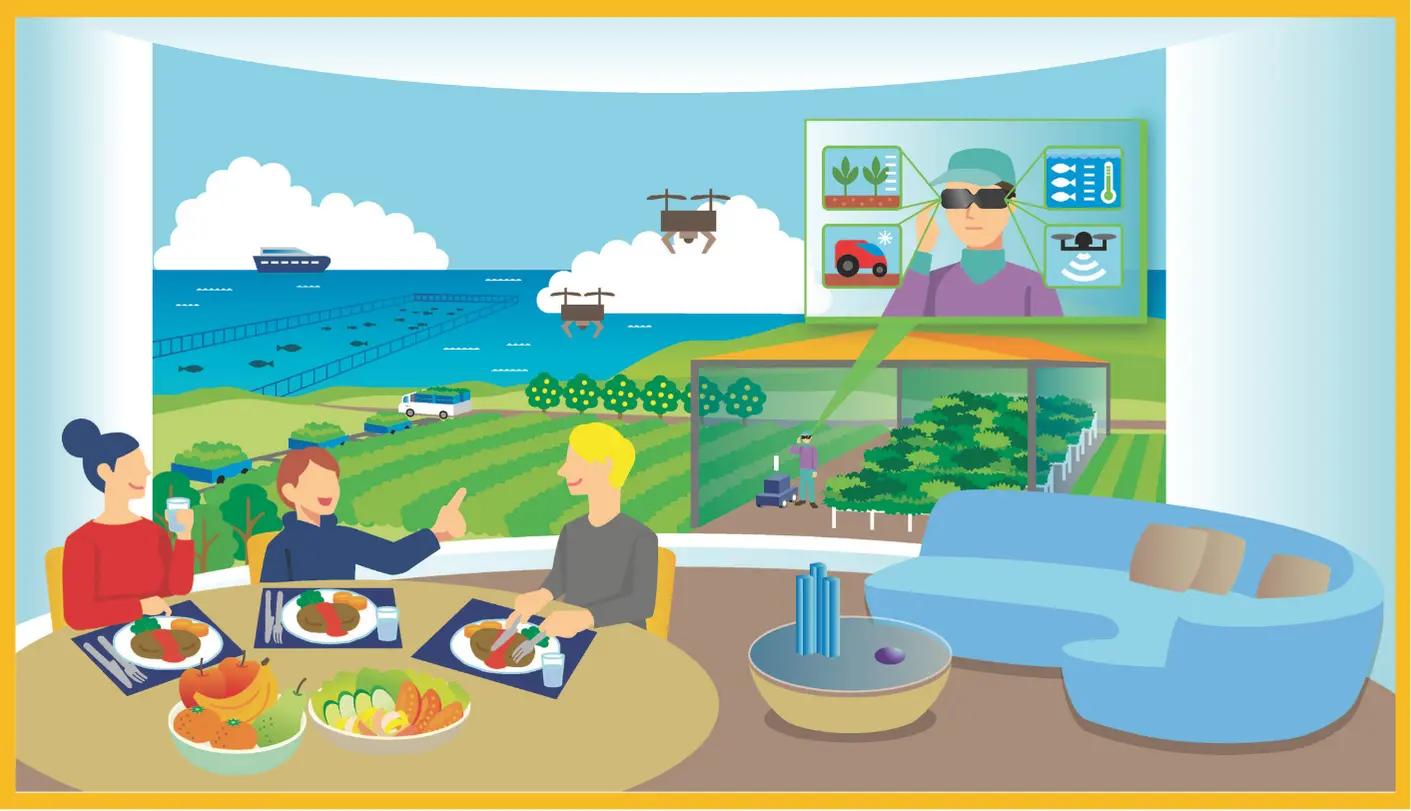
・AI/IT-driven food productivity boost
・Building a safe, sustainable AI-driven food system
・Land-free agro-fishery production
・Zero food waste through digital transformation of food distribution
・Everyday meals with AI robot chefs
・Propose/provide personalized nutritional meals
・New food culture through cyberspace
・New food rehabilitation for lifelong enjoyment
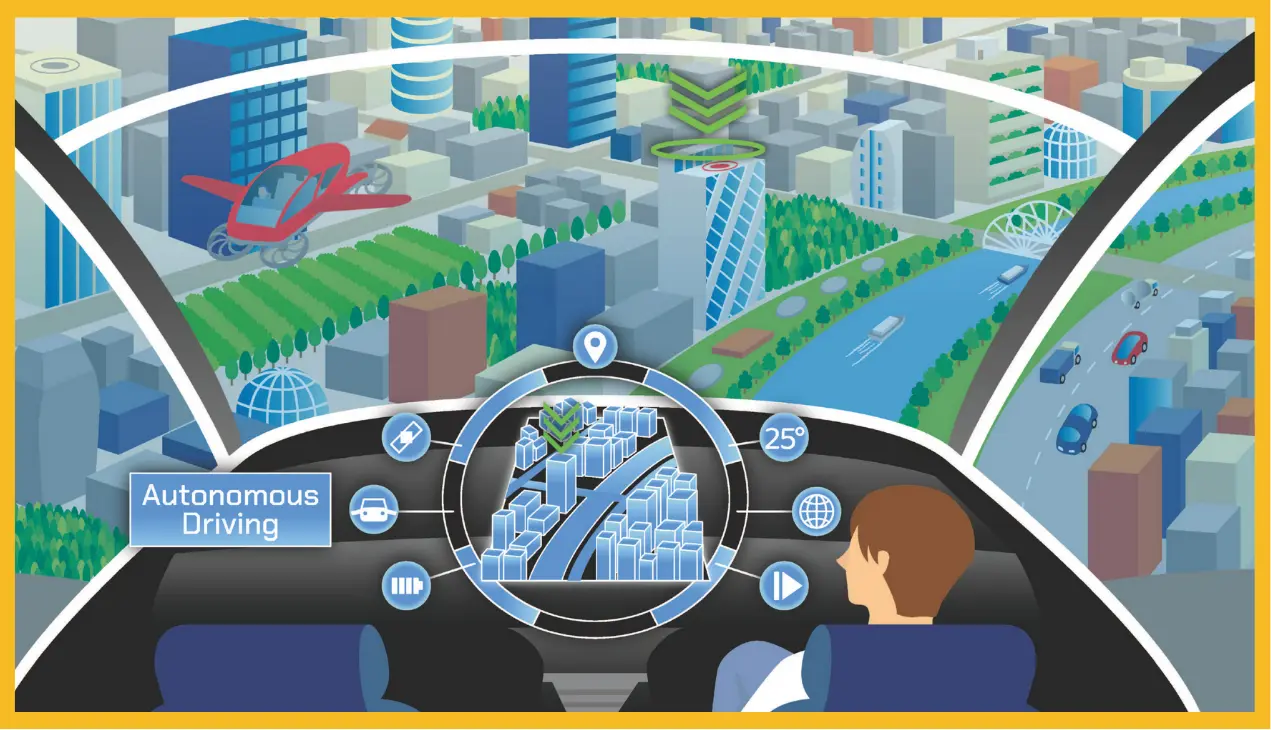
・Zero crash-related deaths through self-driving tech
・3D transportation with flying cars
・Automated construction and maintenance of roads, water supply, electricity, and other essential infrastructure
・Safe, comfortable life extended into cyberspace
・AI-powered digital government in cyberspace
・Future barrier-free cities enabled through smart nursing
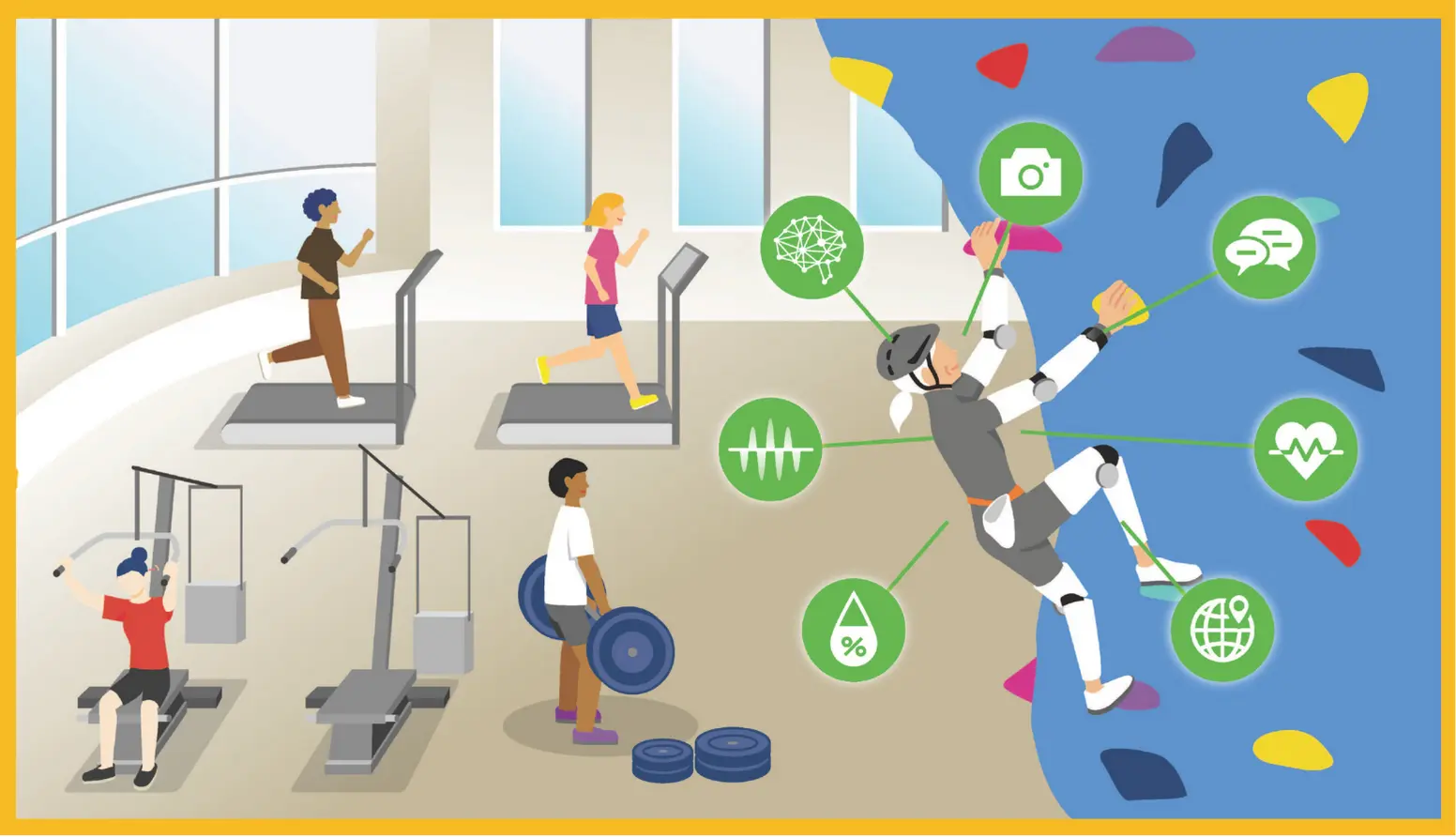
・Society where people can thrive up to age 100 with next-generation healthcare systems
・Cyber healthcare through next-generation e-sports
・New physical capabilities through cyborg technology
・Zero social isolation through virtual community platforms
・Cyber healthcare fully powered by care robots
・Increased birthrate through a healthcare-based social system
A society where age is no barrier to opportunity
When these images materialize, what kind of society will we live in?
Sakaguchi I envision a future society where technology enhances both productivity and sustainability, even amid declining birthrates and an aging population, allowing people of all ages play active roles. Economic vitality is essential in creating a brighter future, so it is crucial to deliver technology to every corner of society.
For example, primary industries are rapidly aging and losing workers. Rising fuel costs are straining people’s livelihoods and pushing many businesses to the brink of failure. If we do not use technology to change the reality for workers in those sectors — who often say they cannot turn a profit, despite working hard — their prospects will remain bleak.
It is therefore essential to establish a framework that supports sustainable, efficient production through AI and robotics. I know that some people feel anxious about AI, but that is a misconception: AI is a tool to augment human intelligence, with humans always remaining at the center.
For example, skilled fishermen can intuitively locate schools of fish through experience, but that kind of experiential knowledge is hard to pass on. To address this, we use underwater sensing to collect data, bring those data into cyberspace, and train AI to learn the fishermen’s know how. This enables less experienced fishers to work more efficiently, reduces fuel waste, and helps prevent overfishing. The same approach can be applied to healthcare and urban design.
Proving the true value of innovation through global collaborations
What are your thoughts on the role of research and external collaboration?
Sakaguchi
When a problem feels overwhelming, combining knowledge from different fields can produce breakthroughs. This is the philosophy behind the VIs. Perspectives and ethical inquiry from the humanities and social sciences help address issues that science and technology alone cannot solve. Interdisciplinary work is valuable because it bridges technology and society and connects systems with people.
Collaboration with institutions beyond the university is also indispensable. Setting global telecommunications standards requires consensus among all stakeholders: even the best technology cannot become a standard without unanimous agreement. I believe that seeking such consensus is central to the practice of technology.
What are the prospects for your VI, and do you have a message for members of society?
Sakaguchi
I want to focus on delivering research results directly to on-site workers, such as those in food production. At first, they may be reluctant to adopt new technologies, but I firmly believe that repeated dialogue builds trust and leads to acceptance. Technology only becomes meaningful when it is used in practice. To achieve this, we must visit workplaces and engage with people there, gradually creating points of connection between technology and society.
As is often the case in Japanese society, many sectors are conservative, which delays the adoption of new technologies. In such situations, it can be useful to establish successful examples overseas and then reintroduce those technologies to Japan for wider use. We should not close our borders to technology; global collaboration is a valuable way to test and demonstrate the real worth of innovations.
Finally, I’d like to share a message to students and young researchers. Always remember who will benefit from your research and what kind of future you want to create. Go out into the physical world — don’t confine yourself to desk work or cyberspace. Tackle societal problems on-site with ambition. Take pride in your specialty, and have the courage to collaborate and engage with others. I firmly believe this attitude will become a real strength for shaping the future.
Interview date: August 21, 2025 (via Zoom)
Profile
Kei Sakaguchi
Professor
Department of Electrical and Electronic Engineering, School of Engineering
Institute of Science Tokyo
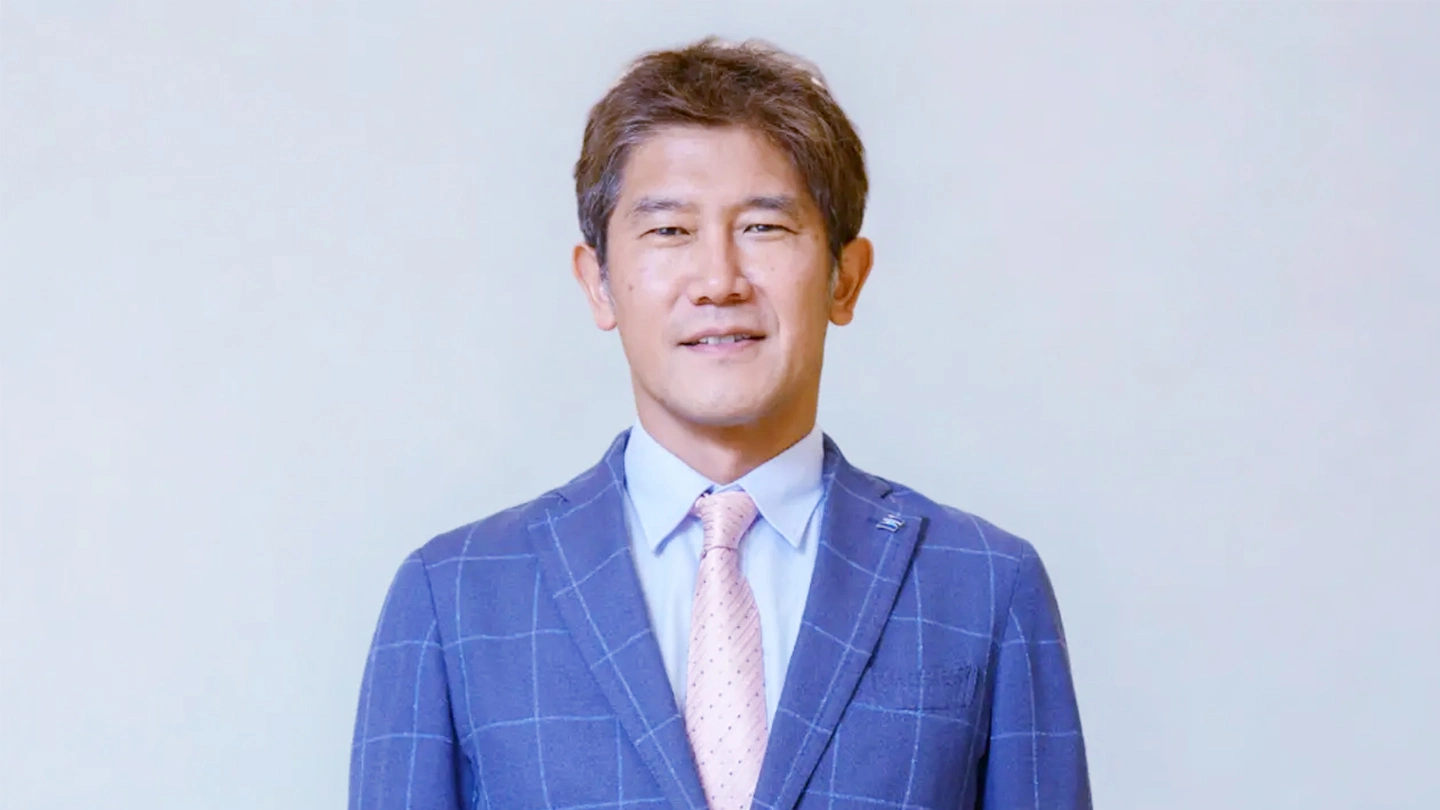
Related articles
Building a better planet through science on disasters and infectious diseases
Program director interview
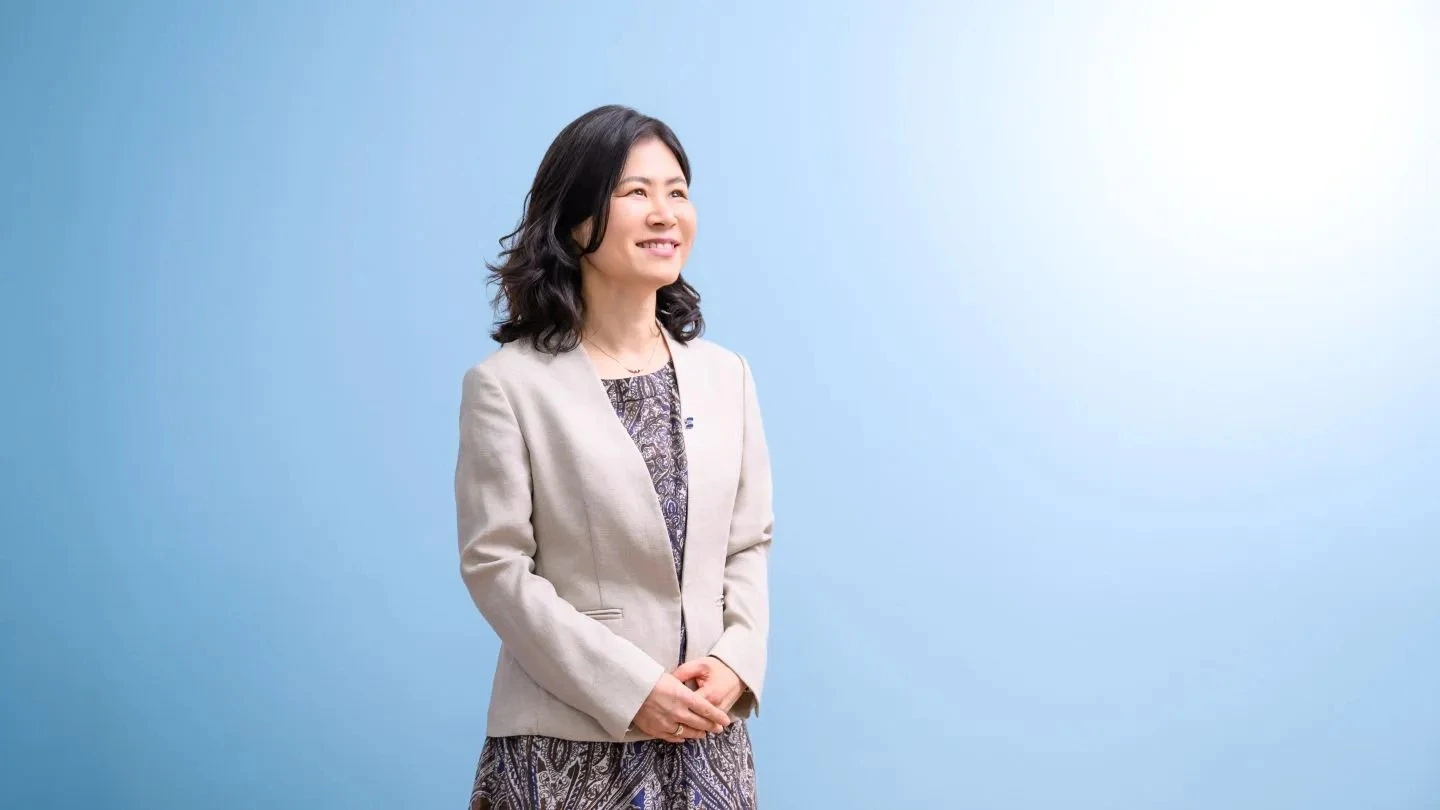
Building a better society on the new frontier—space
Program director interview
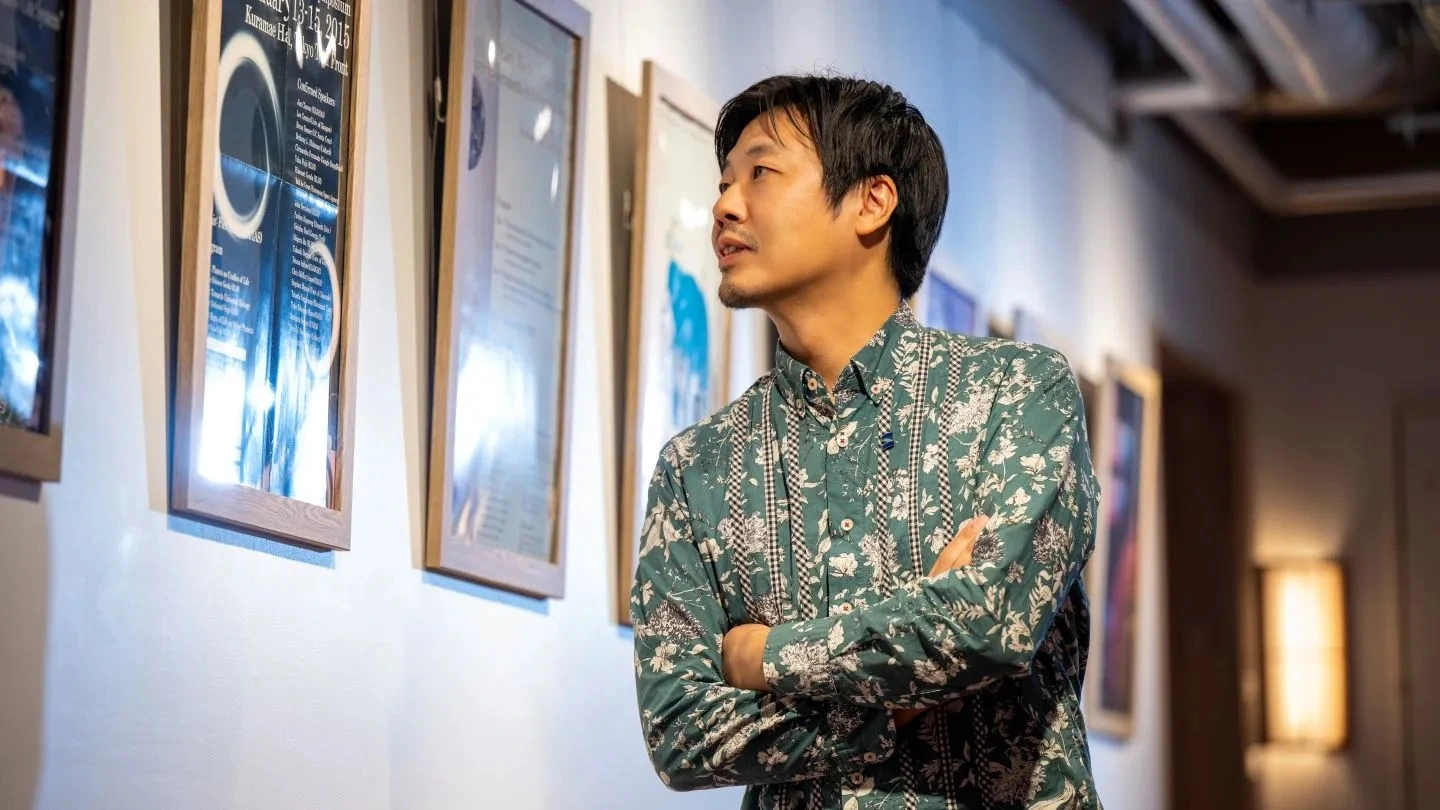
Toward a better life guided by mental wellbeing — from the science of foundations of the mind
Program director interview

Forging a better life ― Future carved out through resonance of medicine and science
Program director interview
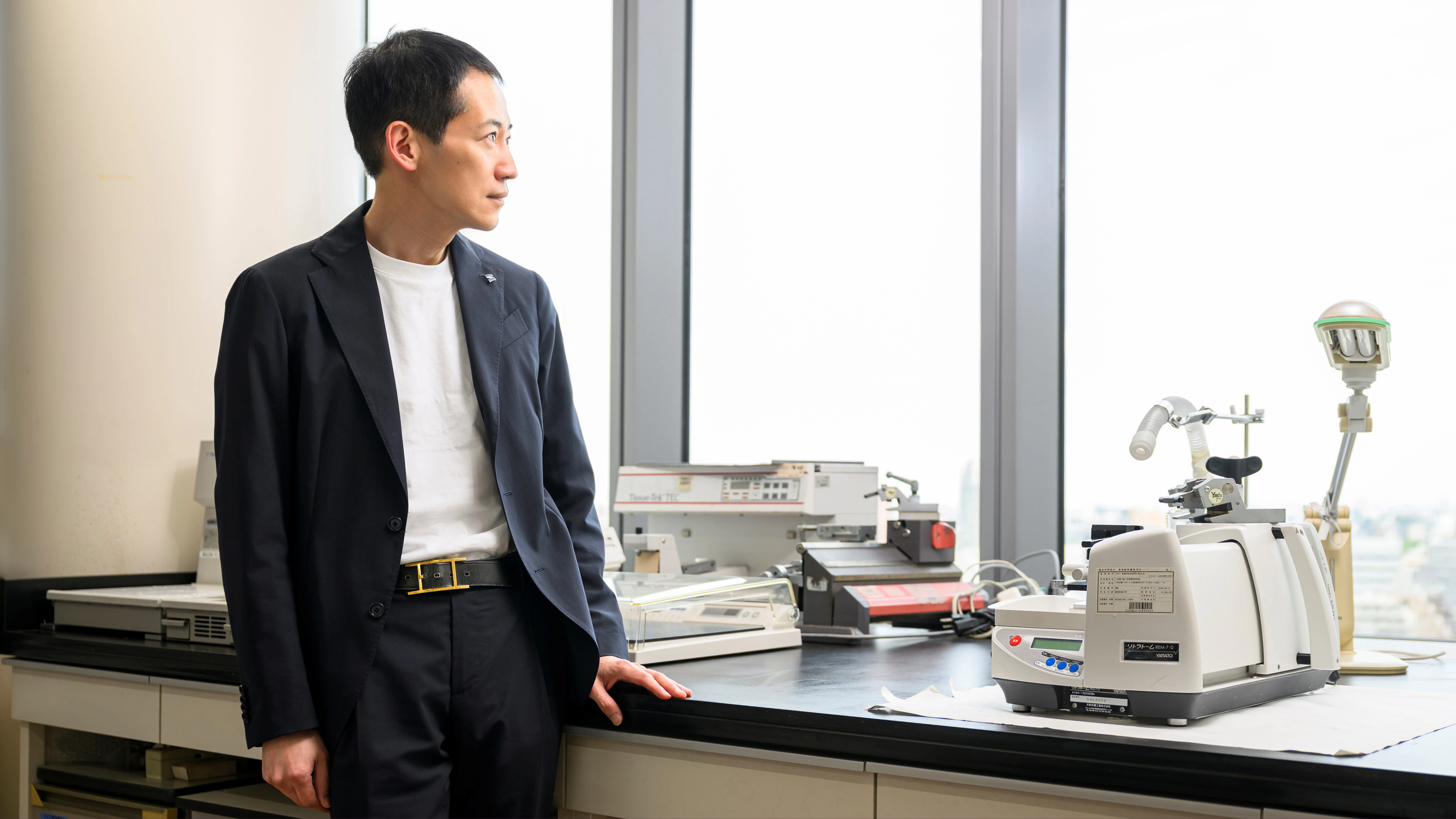
Realizing a better planet through fusion of diverse intellects
Program director interview
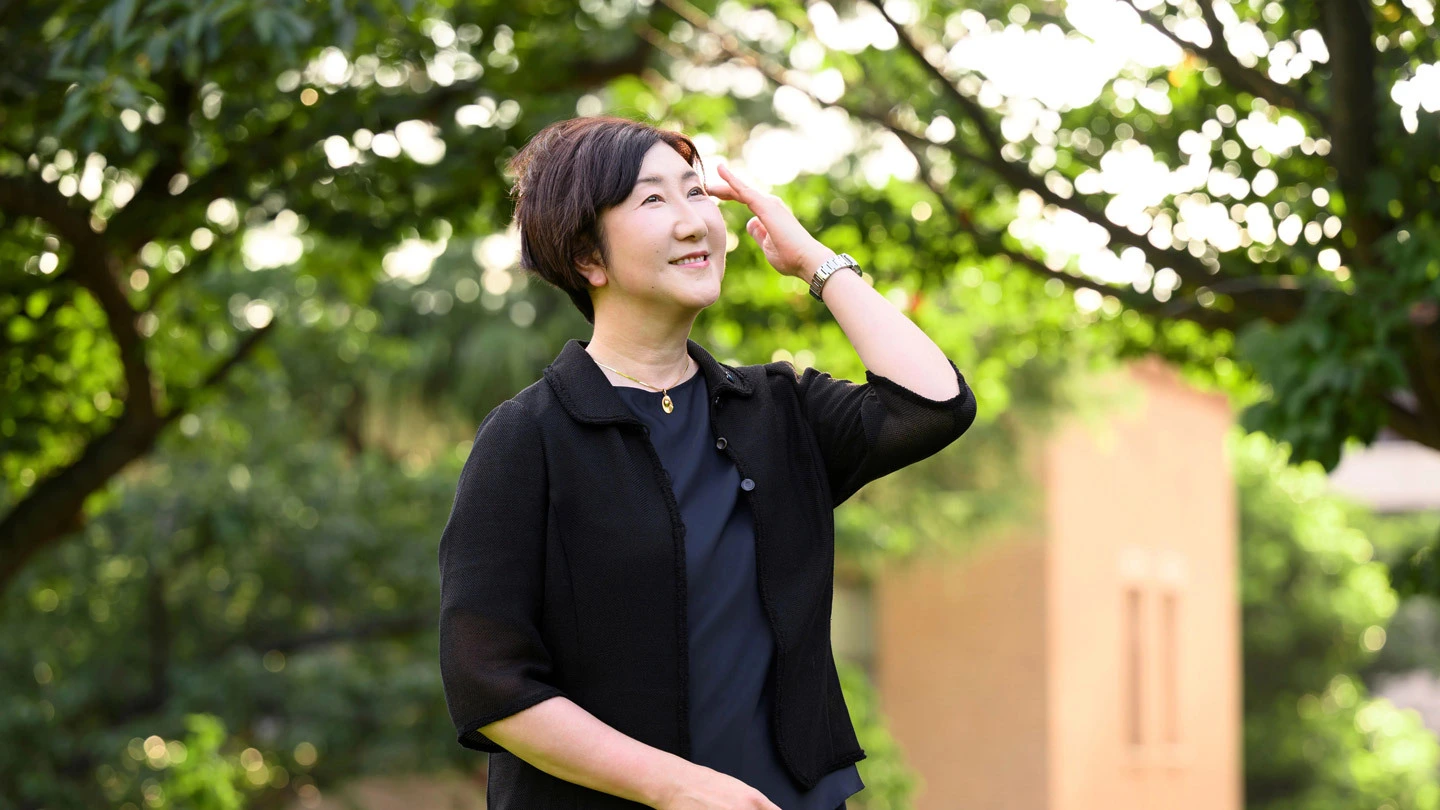
Update history
- This article has been updated to add related articles on September 22, 2025.
- This article has been updated to add related articles on September 24, 2025.
Contact
Research Support Service Desk
